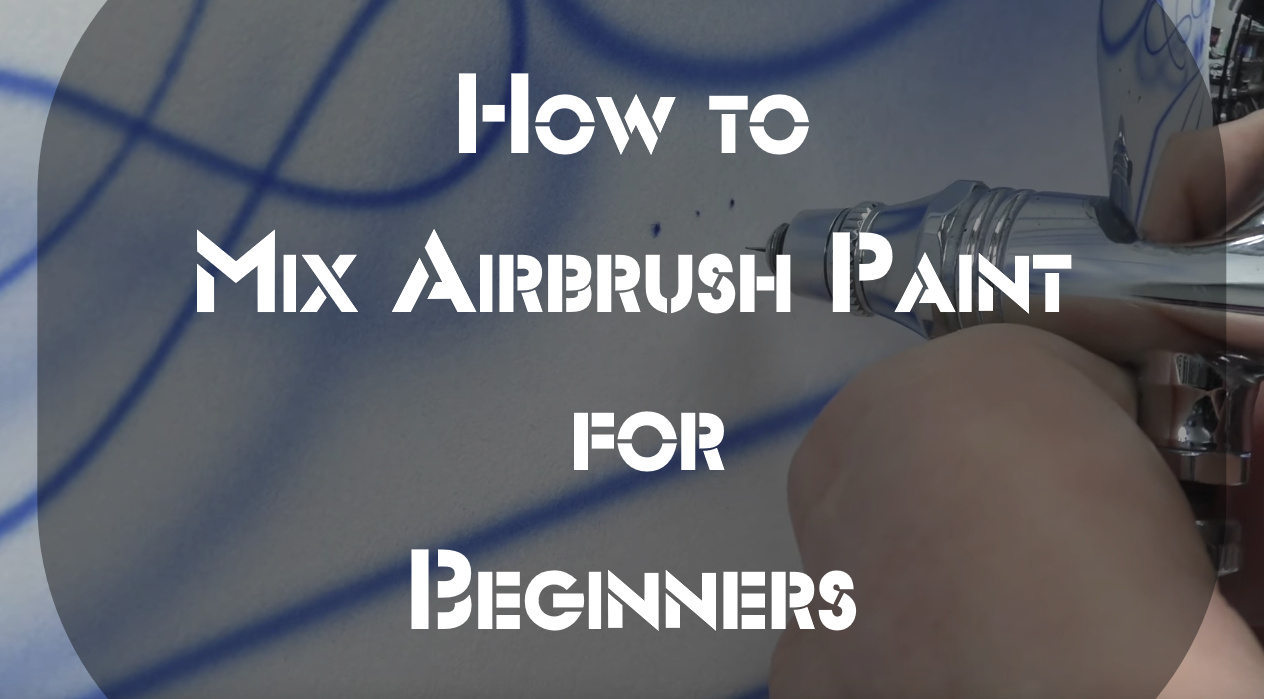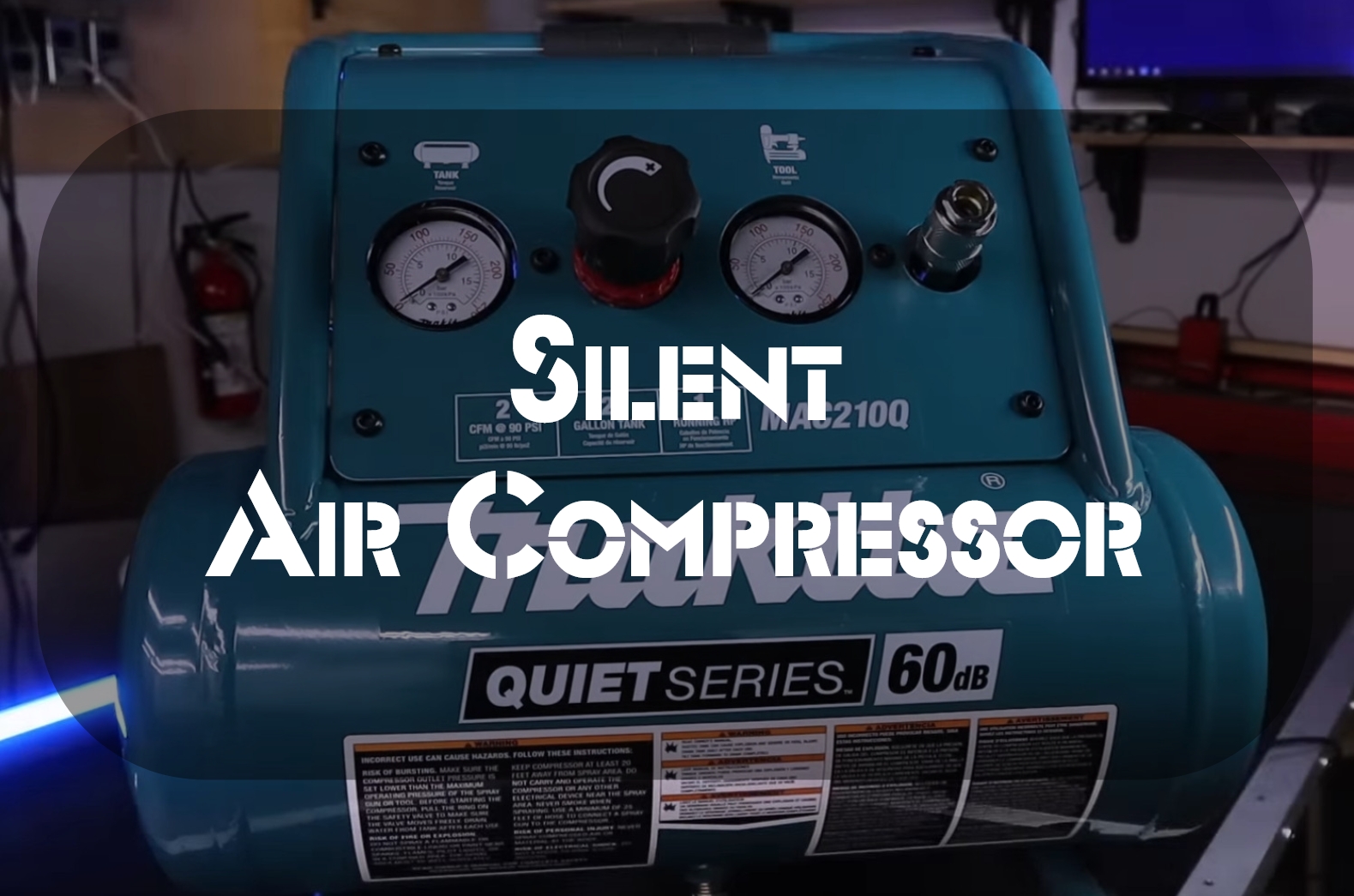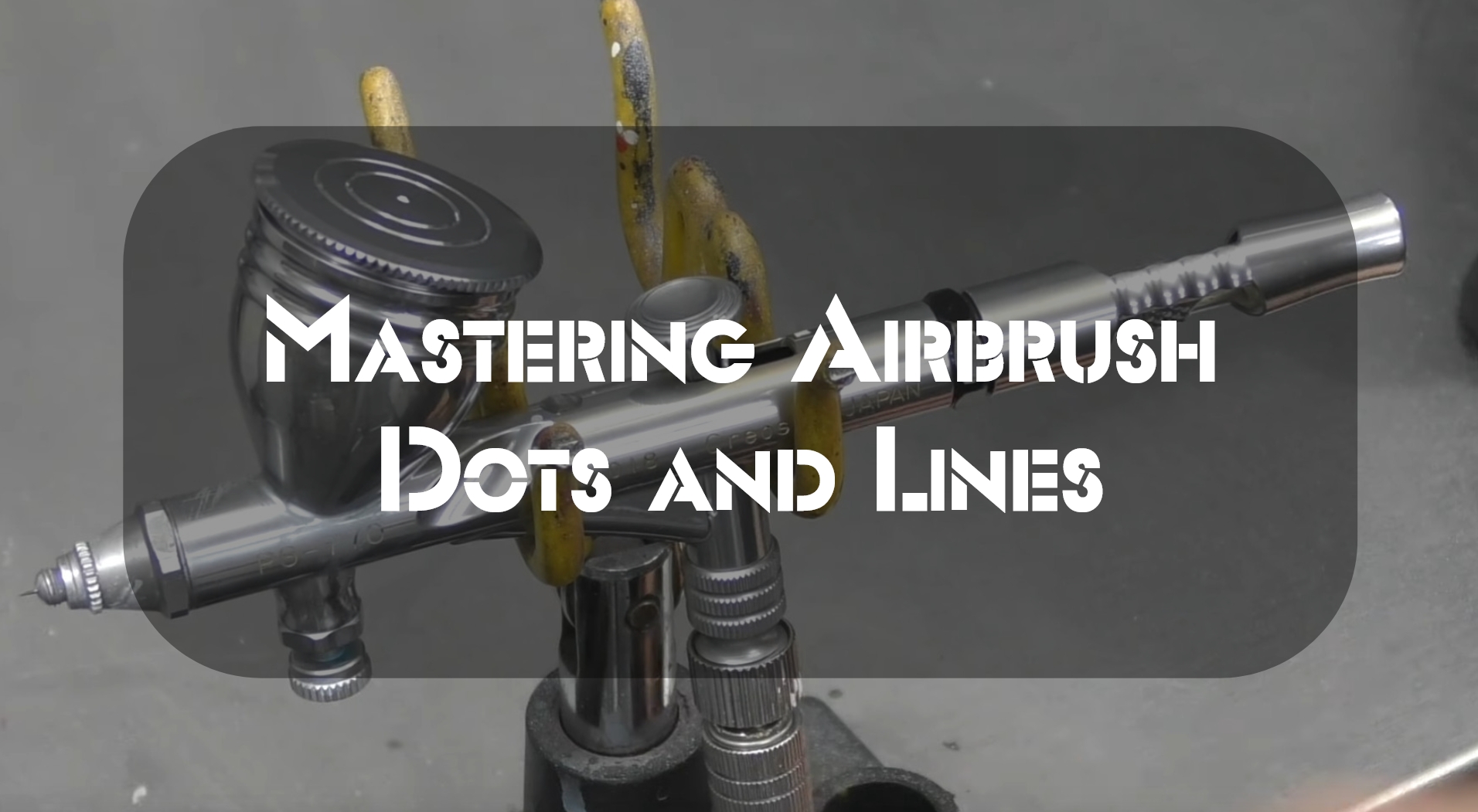Hey there airbrush enthusiasts! So, you’re a beginner and feeling overwhelmed by the idea of mixing paint, huh? Well, don’t worry, I’ve got your back! I remember when I first started airbrushing, I was petrified of messing up the paint. But let me tell you, with a little bit of trial and error, it’s a breeze!
You know what’s funny? I once mixed the wrong colors and ended up with this greenish-yellow shade that looked like something from an alien planet. But hey, that’s just part of the learning process, right? And who knows, maybe someday I’ll create a whole new shade of paint that will be the next big thing!
Anyway, enough about my failed attempts. Let’s get to the good stuff!
What is Airbrush Paint, and What are its Uses?
Airbrush paint is a type of paint that is designed to be used with an airbrush. It is typically thinner than regular paint and dries quickly. Airbrush paints are available in various colors and can be combined to create custom colors.
Airbrush paint is commonly used for painting models, RC cars, and other small objects. It can also be used for painting walls or other surfaces.
How to Mix Airbrush Paint for the Perfect Color Every Time
Things You’ll Need
- Paint
- Required thinner/reducer
- Mixing cups
- Mixing stick
- Filter (optional)
Step: 1
Choose the paint that you want to use. Because different activities need different colors, choose the right one for the task.
Step: 2
To match your paint, choose the thinner/reducer that is appropriate for it. Paint is thinned with various things depending on the brand. Mineral spirits are frequently used to light watercolors, tempera, and acrylic paints. Because distilled water does not contain any of the contaminants found in tap water, it is preferable.
Enamel paints are solvent-based and are generally thinned with mineral spirits. Lacquer paints are solvent-based and should be thinned using lacquer thinner. Sign paints, like enamel paintings, are also solvent based but require a special thinner/reducer manufactured by the paint manufacturer.
Step: 3
Fill a mixing cup with the required amount of paint.
Step: 4
The mixing ratio is critical to achieving the correct consistency. Thinners are usually included in the instructions on the can, with a recommended thinner and thinning ratio.
Step: 5
Add the correct ratio of thinner to the paint in the mixing cup. If you don’t know how thick your paint should be, thin it down to a liquid state. If required, add more color or thinner to thicken or fix the mixture.
Step: 6
Using a mixing paddle, gradually stir the paint until it is well combined.
Step: 7
In a second mixing cup, gradually add the thinned paint. This step is unnecessary but ensures that no dirt or debris enters the color.
Tip
Using the correct thinner/reducer can make all the difference in the world. Double-check that you have all the necessary materials before you start.
Over-thinning the paint may result in a running color with little coverage. If this happens, add more paint to the mix to create a manageable consistency.
If you under-thin the paint, it will block the airbrush and result in heavy applications. A little thinner/reducer can quickly remedy this issue.
Before you begin your project, test the combination on a sample material.
Warning
Follow any paint manufacturer’s safety warnings that may be included with the product, and use common sense. Because solvents are combustible, keep them away from open flames. Wear a respirator if required when using solvent-based paints in an exposed atmosphere.
Tips for Beginners on How to Use Airbrush Paint
One of the great things about airbrush paint is that it can be easily mixed to create different shades and hues. If you’re just starting out with airbrush painting, here are a few tips on how to integrate your paint for optimum results:
- Use a higher ratio of thinner to paint when first starting out. This will help you get a feel for how the airbrush works and how much pressure you need to apply.
- Experiment with different ratios of thinner to paint until you find the consistency that works best for you.
- When mixing colors, start with a small amount of each color and gradually add more until you achieve the desired shade.
- Keep a clean cup or jar handy to mix your colors, so you don’t end up with a muddy mess.
- Clean your airbrush regularly, especially if you’re using multiple colors. This will prevent the stains from cross-contaminating each other.
These are great tips for beginners who want to mix airbrush paint! By starting with a higher ratio of thinner to paint, they can get a feel for how the airbrush works before adding more pressure.
How do You Clean Your Airbrush Gun and Accessories, and is it Difficult to Do So?
You’re in luck! It’s relatively easy to clean your airbrush gun, and we’ve a few tips to help you get started.
First, you’ll need essential supplies like soap and water, a toothbrush, and a cleaning solution specifically for airbrushes. You can find these at most art supply stores.
Once you have your supplies, start by disassembling your airbrush gun. This will give you access to the nooks and crannies where paint can build up. Scrub any dried stain from the gun’s parts using your toothbrush and soap. Be sure to rinse everything off thoroughly when you’re done.
Next, it’s time to tackle the nozzle. This is where most of the paint build-up occurs, so it’s essential to clean it well. Soak the nozzle in your cleaning solution for a few minutes, then use a toothpick or other sharp object to remove any dried paint from the inside. Rinse everything off again and reassemble your airbrush gun.
Now you’re ready to start spraying! Remember to clean your airbrush gun regularly to keep it in top condition. With just a little bit of care, your airbrush will last for years to come.
FAQ
How much thinner do I add to the paint airbrush?
The amount of thinner you’ll need to add to your airbrush paint will depend on the specific color and the consistency you’re looking for. A good rule of thumb is to start with a ratio of two parts paint to one part thinner. If the paint is too thick, add more thinner until you reach the desired consistency. If it’s too thin, add more color until it’s the right thickness.
Does airbrush paint need to be thinned?
Yes, airbrush paint needs to be thinned before it can be used. The amount of thinner you’ll need to add will depend on the brand and airbrush paint you’re using. Always follow the manufacturer’s instructions when adding thinner to your airbrush color.
Adding too much thinner to your airbrush paint can make it difficult to control the spray pattern and may cause the paint to spatter. If your airbrush color is too light, you can try adding a small amount of retarder to help thicken it up.
What consistency should the paint be for airbrushing?
You want your paint to be thinned to a “milky” consistency. This will allow the paint to flow easily through your airbrush and produce a smooth, consistent finish.
Hey there! I’m Richard Baker, a miniature painter who’s been in the game for a solid decade now. I’ve been painting miniatures for ten years and I’ve got a ton of tips and tricks to share with you all. My website is a treasure trove of knowledge that I’ve gathered from both my own personal experiences and from reading all sorts of books.





Leave a Reply